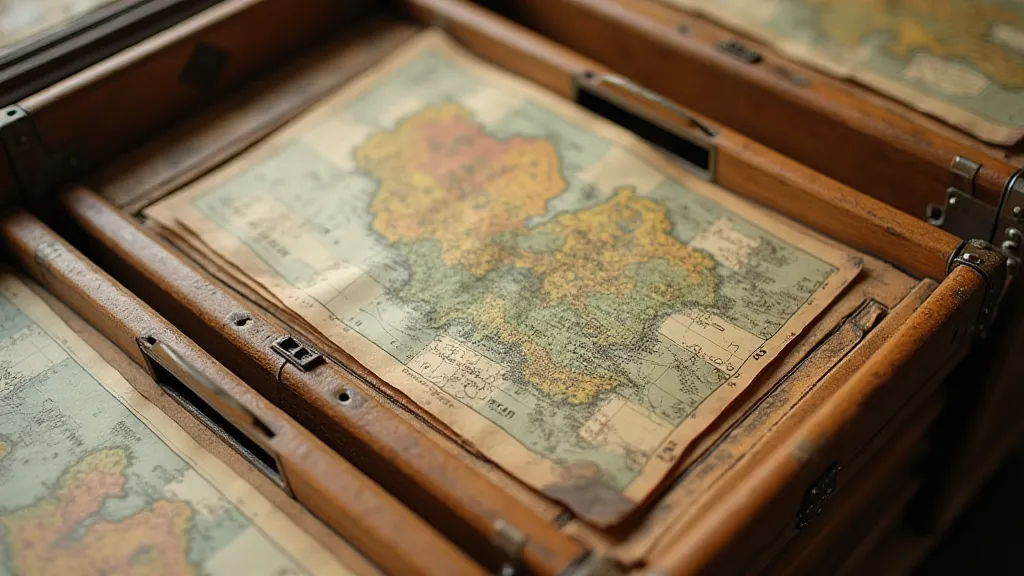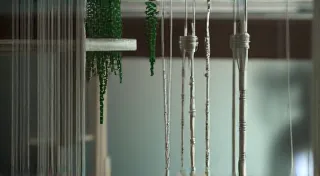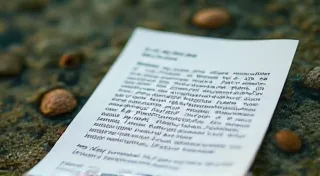Dust of Ages: A Gentle Approach to Cleaning Old Maps
There’s a quiet poetry to antique maps. They aren't simply geographical representations; they’re time capsules. They whisper of explorers charting unknown shores, of kings claiming dominion, of printers painstakingly setting type with unwavering focus. Holding an old map is like holding history itself, feeling the echoes of ambition, discovery, and the relentless march of time etched into the paper.
My earliest memory related to antique maps wasn’t about their geography or the artistry of their creation. It was the smell. A distinctive scent – a blend of aged paper, dried ink, and something indefinably…old. My grandfather, a retired librarian, had a small collection he kept locked away. He’s the one who first showed me the beauty of these fragile treasures, not just in their depiction of the world, but in the meticulous craft that went into their production. He’s the one who instilled in me a profound respect for their preservation.
The Fragility of Time
Time, while leaving its mark with character and beauty, is also a relentless enemy of paper. The acidic nature of early papers, coupled with environmental factors like light, humidity, and pollutants, leads to gradual degradation. Paper yellows, becomes brittle, and can develop foxing—those unsightly brown spots that seem to multiply with each passing year. Cleaning an antique map isn't about making it look 'new'; it’s about stabilizing its condition and mitigating further deterioration. It's about being a caretaker, not a renovator.
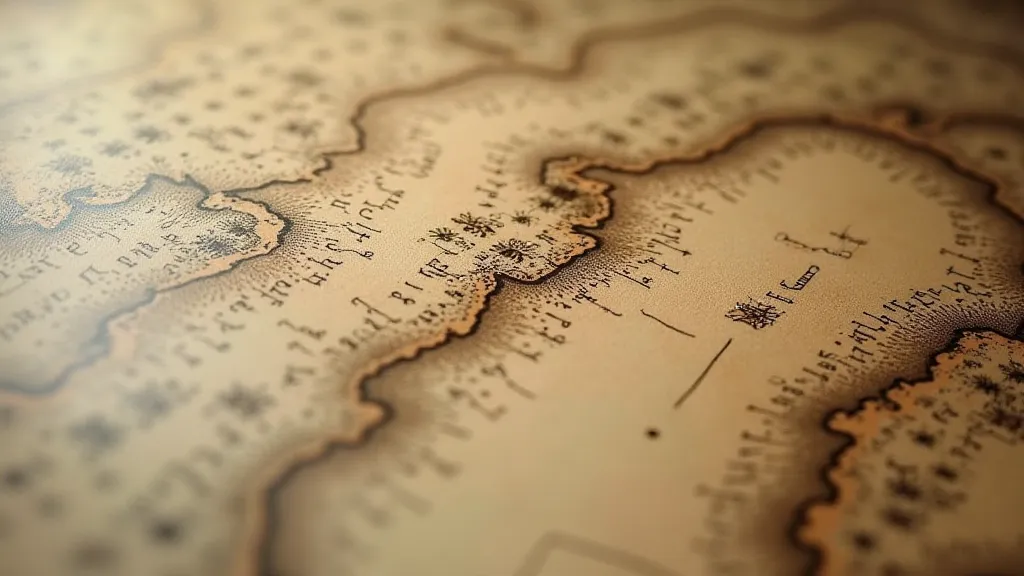
Understanding the Historical Context
Before even considering any cleaning methods, understanding the map's history is crucial. What paper was used? What inks were employed? Was it originally part of a larger atlas, or a standalone chart? The answers to these questions dictate the appropriate course of action. For example, maps printed on rag paper (made from cotton or linen fibers) are generally more durable than those printed on wood pulp paper. Similarly, iron gall ink, a common pigment used for centuries, is highly acidic and can contribute significantly to paper degradation. Knowing these details can prevent irreversible damage.
The printing techniques themselves offer clues. Early woodblock prints, for instance, often have a distinct grainy texture. Copperplate engravings boast finer lines and more detail. Lithographs, introduced in the 19th century, provided a wider range of tonal possibilities. Recognizing these characteristics not only aids in map dating methods but also informs how carefully we handle them.
Gentle Cleaning Techniques: A Step-by-Step Guide
The cornerstone of any cleaning procedure is caution. Avoid aggressive scrubbing or the use of harsh chemicals. Less is always more. The first step is simply dusting – carefully removing loose surface dirt with a soft brush (a hake brush is ideal). Next, we can consider surface cleaning.
Dry Cleaning: This is the safest and often most effective initial approach. Fine powders, like talc or cornstarch, can absorb surface grime. Apply the powder gently, let it sit for a few minutes, and then brush it away. Erasers specifically designed for paper restoration (such as those made from vinyl or charcoal) can also be used with extreme care, but always test them in an inconspicuous area first. The goal is to lift dirt without abrading the paper’s surface.
Damp Cleaning (for stubborn grime): If dry cleaning isn't sufficient, a slightly damp cloth (distilled water only!) can be used. Roll the cloth around your fingers to create a soft, rounded surface, and gently blot the map, avoiding rubbing. Immediately follow up with a dry cloth to absorb excess moisture. Never saturate the paper. This method is best left to experienced conservators, as it carries a higher risk of damage.
Important Note: Any cleaning solution beyond distilled water should be avoided unless you are a trained conservator. Many so-called "gentle" cleaning agents contain chemicals that can further damage the paper and inks.
Deacidifying Paper Maps: Reversing the Damage
The acidity problem is a major contributor to paper degradation. Deacidifying paper maps aims to neutralize this acidity and stabilize the paper’s pH. This is a more advanced technique, typically involving alkaline solutions applied either through immersion or spray application. There are commercially available deacidification sprays, but they should be used with caution and following the manufacturer's instructions precisely. Professional conservation treatment is often the safest and most effective option for valuable or fragile maps.
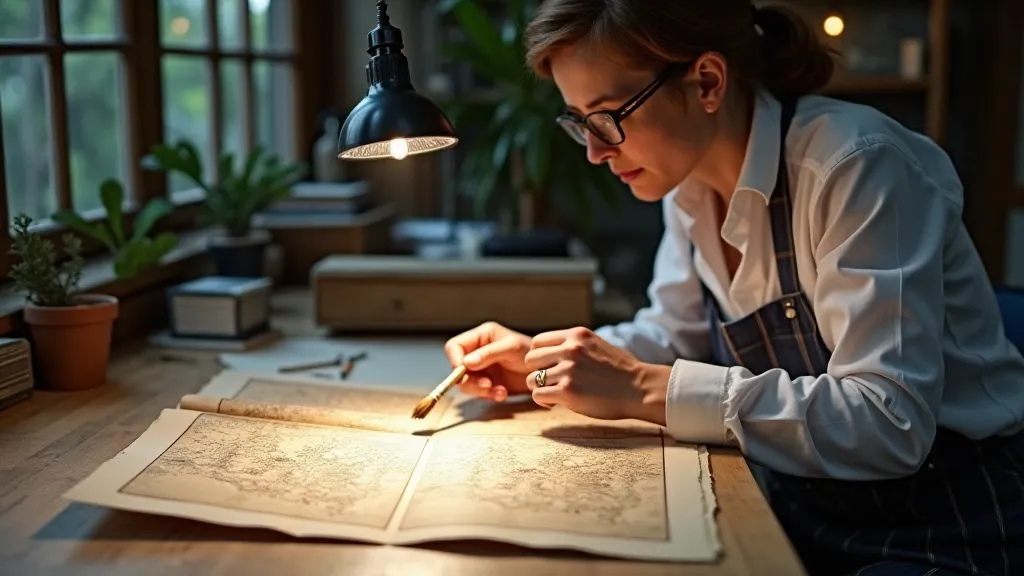
Repairing Torn Maps: Mending the Fabric of History
Tears and losses are unfortunately common in antique maps. Paper repair is a meticulous process, requiring specialized materials and techniques. Japanese tissue paper, wheat starch paste, and thin strips of archival-quality paper are used to mend tears and fill losses. The goal is to strengthen the paper and restore the map’s structural integrity, while minimizing the visual impact of the repairs. Again, this is best left to professionals. Improper repairs can worsen the damage and reduce the map’s value.
Map Archival Storage: Long-Term Preservation
Cleaning and repair are only part of the equation. Proper archival storage is essential for long-term preservation. Maps should be stored flat, in acid-free folders and boxes. These materials prevent the paper from coming into contact with acidic contaminants that can accelerate deterioration. Avoid direct sunlight, high humidity, and extreme temperature fluctuations. Creating a stable and controlled environment is key to extending the lifespan of these invaluable historical documents.
Folding Techniques: Maintaining Original Form
Many antique maps were originally folded into specific formats for portability and storage. Attempting to refold a map into its original configuration requires a delicate touch and a thorough understanding of the folding techniques used at the time. Incorrect folding can cause cracks and tears. Professional map folding services are available for those who wish to restore a map to its original appearance.
Cleaning and preserving antique maps is a labor of love, a commitment to safeguarding our shared history. It’s about more than just restoring a piece of paper; it's about honoring the vision of the cartographers, the dedication of the printers, and the enduring power of human exploration. It's a privilege to participate in this quiet, vital work.
